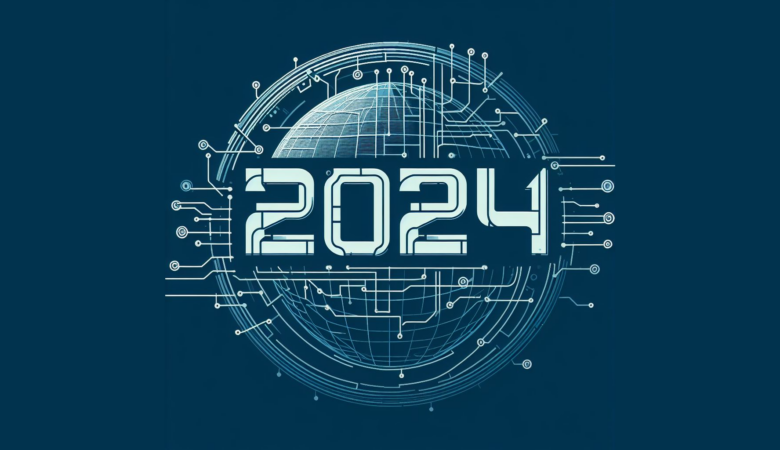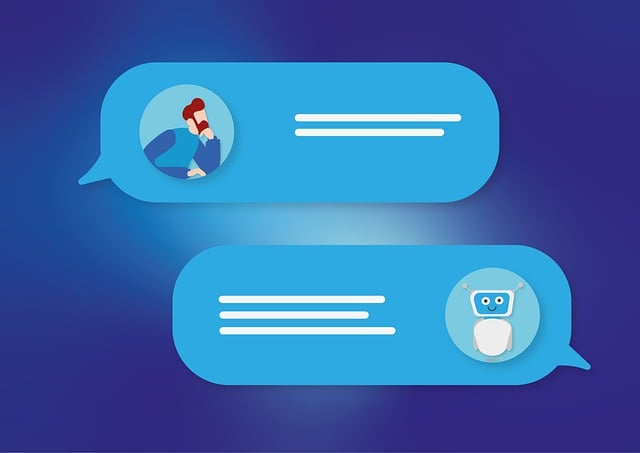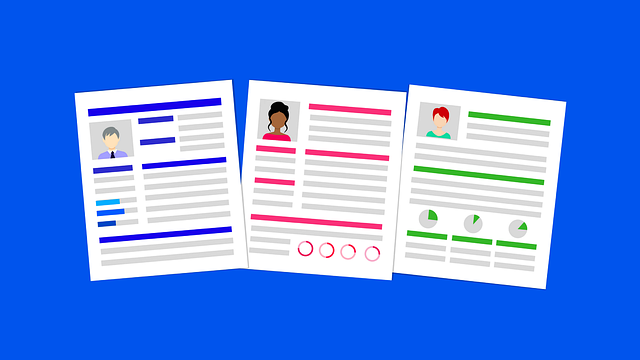A few weeks ago we published an article talking about the differences between AI and Machine Learning. To summarize, AI is a field of data science and Machine Learning is one of its main branches to managing to replicate human cognitive capacity. You can look at our article for more details. As we observed, there is another concept that is often confused with Machine Learning which is Deep Learning.
Once again we want to take an opportunity to expand an older article. So in today’s text, we’ll be talking about exclusively Deep Learning. As we already explained what Machine Learning is, we are going to focus on the definition of Deep Learning. Then, we’ll point out the main differences between these two concepts. And last, but not least, we’ll also give a few examples of its applications.
What is Deep Learning?
If we can describe Machine Learning as a branch of AI, we can also simply put that Deep Learning is a branch of Machine Learning. While Machine Learning uses algorithms and data to try to emulate human brain functions, Deep Learning bases itself on the use of neural networks.
An artificial neural network, or ANN, also uses a series of algorithms to understand the relations in a set of data and by that it mimics the brain. Hince its name because ANN is trying to emulate the biological neural network of human beings. Usually, a neural network has a single layer to make predictions. But in Deep Learning engineers add new layers to optimize the system’s accuracy.
Nowadays it represents a vital tool for the most sophisticated technologies of the market. Such as: computer vision, speech recognition, and multiple-language translations. And it will also be the cornerstone for emerging technologies like self-driving cars.
Main differences between Machine Learning and Deep Learning
Now that we have a brief summary of what Deep Learning is we can properly differentiate it from Machine Learning.
Basically, they differ from each other in the ways their algorithms learn. Machine Learning is still dependent on human intervention so it can learn from a well-structured data set. On the other hand, although it still needs some level of intervention, Deep Learn can automatize the data extraction process becoming less dependent on human action.
The volume of data required to train the algorithms. Machine Learning can learn from smaller data sets, but Deep Learning requires large amounts of data due to its more complex layers of neural networks. Besides that, it also has to take a longer period for training the neural network. But this leads to higher levels of accuracy when compared to Machine Learning. It also can make more complex correlations instead of only linear ones.
On the downside, since it has a more “simple” structure when compared to its branch, of course, Machine Learning can run only with a central processing unit. However, Deep Learning requires the use of also a specialized graphics processing unit to train the neural networks.
Applications of Deep Learning
Deep Learning has expanded the possibilities of applications which can be achieved with AI technology. One of the emerging ones we cited in our first topic is the self-driving vehicle. Engineers are using it to make possible to detect the most common traffic objects like stop signs, traffic lights, other vehicles, pedestrians, etc.
Deep Learning proved to be very useful for developing virtual assistants like Alexia and Siri. With neural networks, virtual assistants are able not only to recognize speech but also like execute several tasks such as playing music, scheduling appointments, setting alarms and others. It also improves pattern recognition for the entertainment industry like streaming platforms to understand their viewer’s watching habits.
It is also helping to create safer working environments in the industrial sector which has a large use of heavy machinery. Like as well with self-driving cars, these applications help to detect when people are within a closer and unsafe distance of machines to prevent accidents.
These are only but a few of the main applications. Healthcare/Medical Research, e-commerce, agriculture, defence programs, etc. All these different markets have their own possibilities to use Deep Learning algorithms to provide better services and develop/improve products.
Conclusion
Across the internet, you will find several articles describing Deep Learning as the fastest-growing technology today. It’s one of the most valuable tools for the future of AI. Although neural networks are more complex to work with and require more time and data to train the algorithms, the results are highly positive.
All markets. industrial, entertainment, medical research, etc; can benefit from these applications and we already mentioned a few. Both older and emerging technologies can improve a lot with neural networks.
Do you know other applications of Deep Learning and what markets can benefit from it? If so, please let us know in the comments below. You can also contact us on our blog page or our website.








Leave a Reply